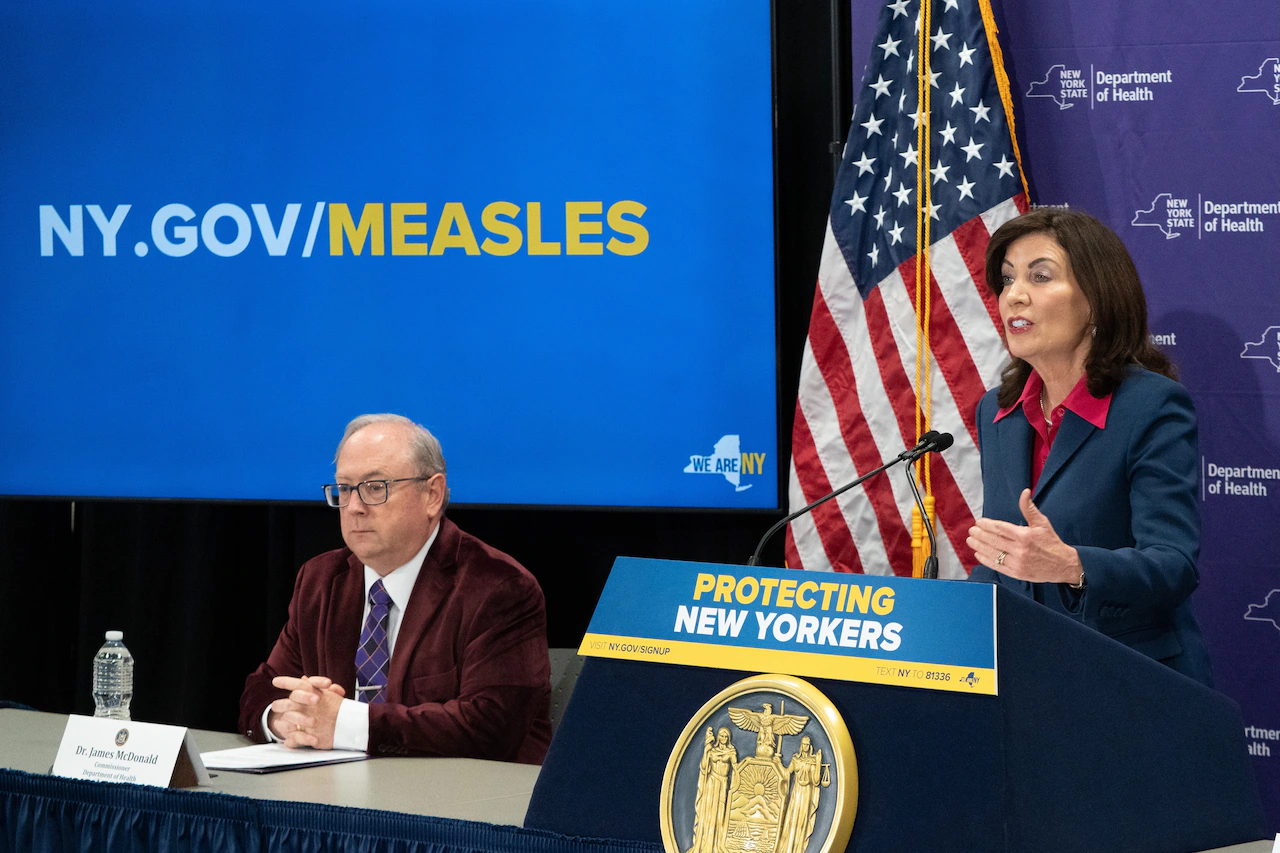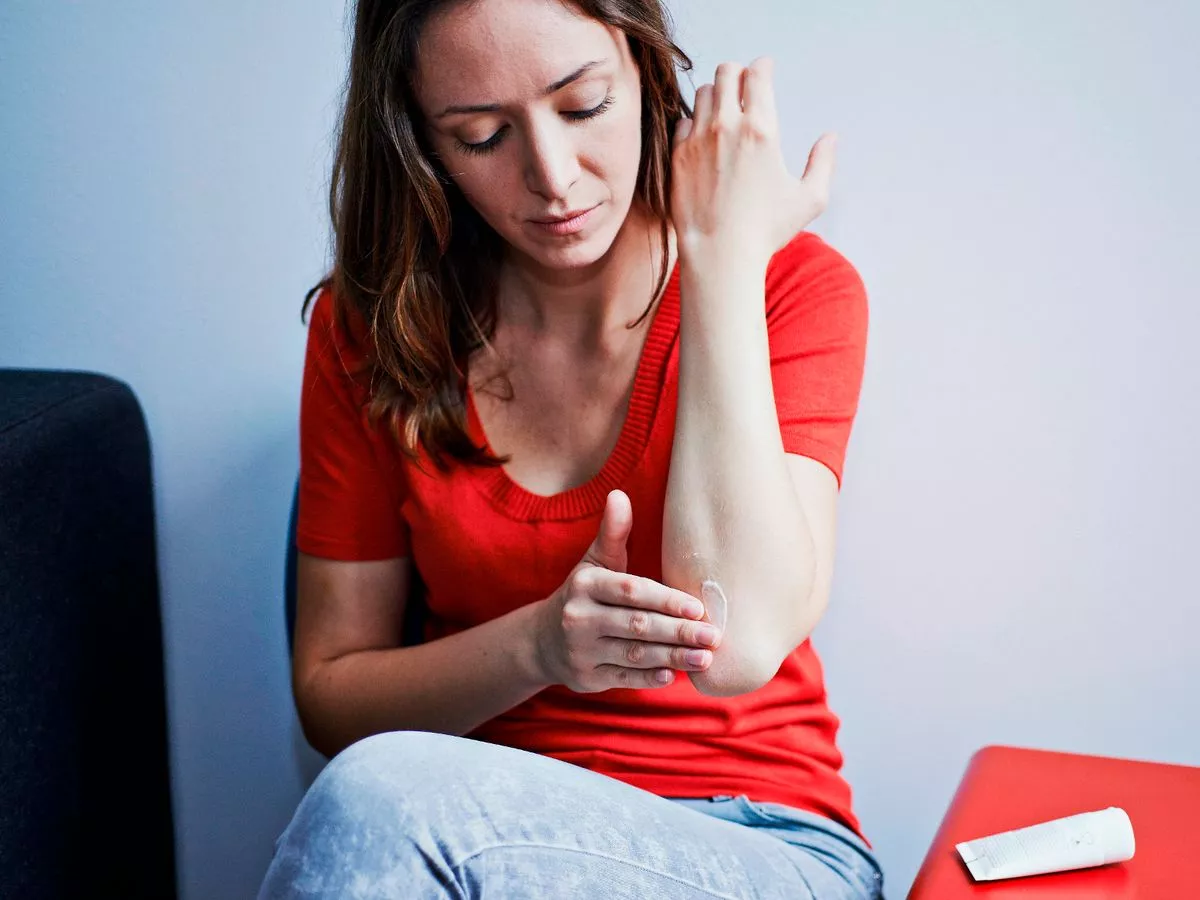
Oswego, N.Y. – Low levels of the measles virus were detected in a wastewater sample collected earlier this week from an Oswego County treatment facility, according to the state Department of Health.
The treatment facility serves parts of the City of Oswego and surrounding areas.
The results may indicate that at least one person with the virus was in the county, according to a news release issued Saturday by the health department. No measles cases have been reported in the area.
“This detection does not mean there is an outbreak,” state Health Commissioner Dr. James McDonald said. “It is, however, a timely reminder to make sure you and your family are up to date on the MMR vaccine and to keep an eye out for symptoms.”
In Oswego County, 87.8 percent of children under two years old are immunized for measles, mumps and rubella (MMR), leaving some children and adults susceptible to infection, officials said.
In Central New York, the immunization rate is 87.1%, according to state health department data. In Onondaga County, the rate is 89.2%
Statewide, the immunizations rate is 81.2%. The lowest rates reported are Yates County at 55.8% and the highest is Niagara County at 89.3%.
Measles is one of the most contagious diseases known, and even small groups of under-immunized people can allow the virus to spread, officials said.
About 1 in 10 people with measles require hospitalization.
People can protect themselves from obtaining and spreading the virus by checking their vaccination status and knowing the symptoms, officials said. Measles typically begins with a fever, cough, runny nose and red, watery eyes.
A rash typically appears several days later, starting on the face and spreading across the body, and it may come with a fever that can spike above 104 degrees.
Measles spread through the air when an infected person coughs or sneezes, and the virus can linger in the air for up to two hours.
Measles can be transmitted four days before the rash appears and until four days afterward, according to the release. The incubation period is typically between seven and 14 days, but symptoms can appear up to 21 days after exposure.
Most people born before 1957 are considered immune to measles because they were likely exposed to it.
Anyone who is unsure of their vaccination status should contact their health care provider or local health department, officials said.
The health department urges people to be fully vaccinated against measles, particularly before international travel or travel to areas of the U.S. experiencing outbreaks.
The detection was from one of two locations tested by the national commercial company, WastewaterSCAN, officials said.
The state’s Wadsworth Center has routinely tested for measles in wastewater samples from locations around the state since October 2024.
The detected sample was above the national program’s reporting threshold.
Further testing will be performed by both the WastewaterSCAN and the Wadsworth Center next week.



